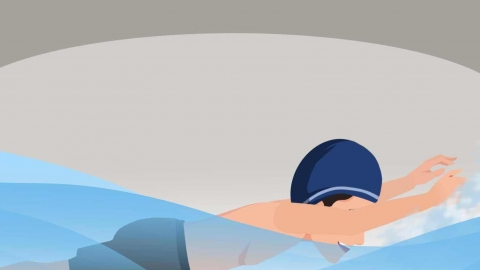Does a swimming pool with water changed once a day have brain-eating amoebas?
The term "brain-eating amoeba" typically refers to Naegleria fowleri. Generally, whether a swimming pool that changes water once a day contains amoebas depends on the effectiveness of water quality management. If the pool water is properly disinfected and the water source is clean, it may not contain amoebas; however, if the water source is contaminated or disinfection is inadequate, amoebas may be present. If any abnormalities occur, prompt medical attention is recommended. Detailed analysis is as follows:

If the water source used for the swimming pool is not contaminated, and an adequate amount of chlorine-based disinfectant is promptly added after water replacement, while regularly testing and maintaining residual chlorine concentration at 0.3-0.5 mg/L, this can effectively kill both the trophozoites and cysts of any potentially present Naegleria fowleri in the water. Additionally, thorough cleaning of areas such as the pool bottom and walls, ensuring no accumulation of organic contaminants, makes it difficult for Naegleria fowleri to survive and reproduce.
When the swimming pool's water source becomes contaminated—for example, by fecal matter introducing Naegleria fowleri cysts—or if disinfection after water replacement is delayed or the dosage of disinfectant is insufficient, residual chlorine concentration may fail to reach effective levels. The cysts, due to their strong resistance, may survive. If the pool environment provides suitable temperatures and organic nutrients, Naegleria fowleri may persist or even multiply in the pool water, posing an infection risk.
Before entering the swimming pool, shower thoroughly to avoid bringing contaminants into the pool. Choose facilities that publicly display water quality test results confirming compliance, and avoid using the pool during peak hours with large crowds. After swimming, promptly rinse the eyes, nasal cavity, and mouth with clean water to reduce exposure to pathogens.







